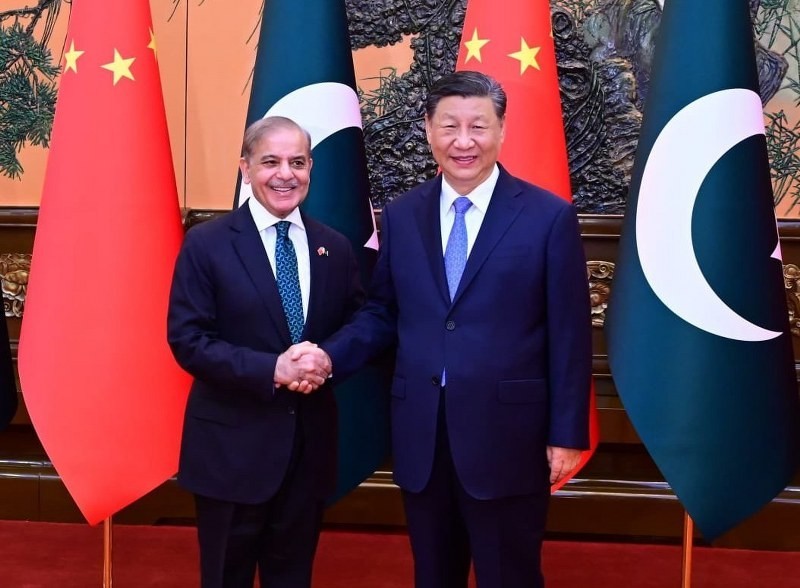Pakistan and China are in advanced discussions to form a new regional body with the mandate to replace the South Asian Association for Regional Cooperation (SAARC), which has been inactive since 2014 due to India-Pakistan tensions.
The plan aims at increased regional integration, trade, and connectivity in South Asia, with a focus on dealing with the vacuum left by SAARC’s stagnation. The bid is an indication of Pakistan’s strategic realignment with China and would remake the geopolitical contours of South Asia.
According to the sources, discussions between Islamabad and Beijing are at an advanced stage, with both nations convinced that a new platform is essential for fostering regional cooperation. The proposed organization would invite former SAARC members, including Sri Lanka, Maldives, Afghanistan, Nepal, Bhutan, and even India, though Indian participation remains uncertain due to strained bilateral relations with Pakistan. A recent trilateral meeting in Kunming, China, involving Pakistan, China, and Bangladesh on June 19, 2025, marked a strategic step toward this goal, with senior diplomats exploring the framework for the new bloc.
SAARC & Its Stagnation
SAARC, established in 1985 with members including India, Pakistan, Bangladesh, Sri Lanka, Maldives, Nepal, Bhutan, and Afghanistan, has been dormant since its last summit in Kathmandu in 2014. The 2016 summit, scheduled in Islamabad, was canceled after India withdrew following a terror attack in Uri, which it attributed to Pakistan-based militants. Bangladesh, Bhutan, and Afghanistan also declined to participate, effectively paralyzing the organization. The new proposal aims to create a platform free from the India-Pakistan rivalry that has hindered SAARC’s objectives of regional collaboration.
Ambitions for a New Regional Body
Reports cite that the new organization aims to prioritize increased trade corridors, connectivity of infrastructure, and economic cooperation, aligned with China’s Belt and Road Initiative (BRI), specifically the China-Pakistan Economic Corridor (CPEC). This emphasis aligns with Pakistan’s economic interests as it attempts to strengthen its economy.
The success of the proposal, however, depends on the inclusion of other South Asian countries. Sri Lanka, the Maldives, and Afghanistan will be open to it, but Bangladesh’s unwillingness indicates diplomatic challenges.
Bangladesh’s Stance
Bangladesh’s interim government has downplayed the Kunming meeting, with Foreign Affairs Adviser M. Touhid Hossain stating it was “not political” and not aimed at forming an alliance, indicating potential challenges in gaining regional consensus.
India’s Views
Indian media views the proposal as a Chinese initiative to respond to India’s influence in South Asia, in which India has traditionally been the preeminent SAARC player. Although sources suggest that India would be extended an invitation, its cooperation is remote, considering current tensions, including recent economic sanctions and disagreements regarding the Indus Waters Treaty after the April 2025 Pahalgam attack. Indian authorities perceive the initiative as a move to isolate India’s regional presence, especially since it falls in line with China’s greater global strategy.
The new organization, if substantiated, will be characterized by a significant shift in South Asia’s regional dynamics, potentially ending the possibility of SAARC’s uncertain revival, and new economic and strategic partnerships.


Leave a Reply